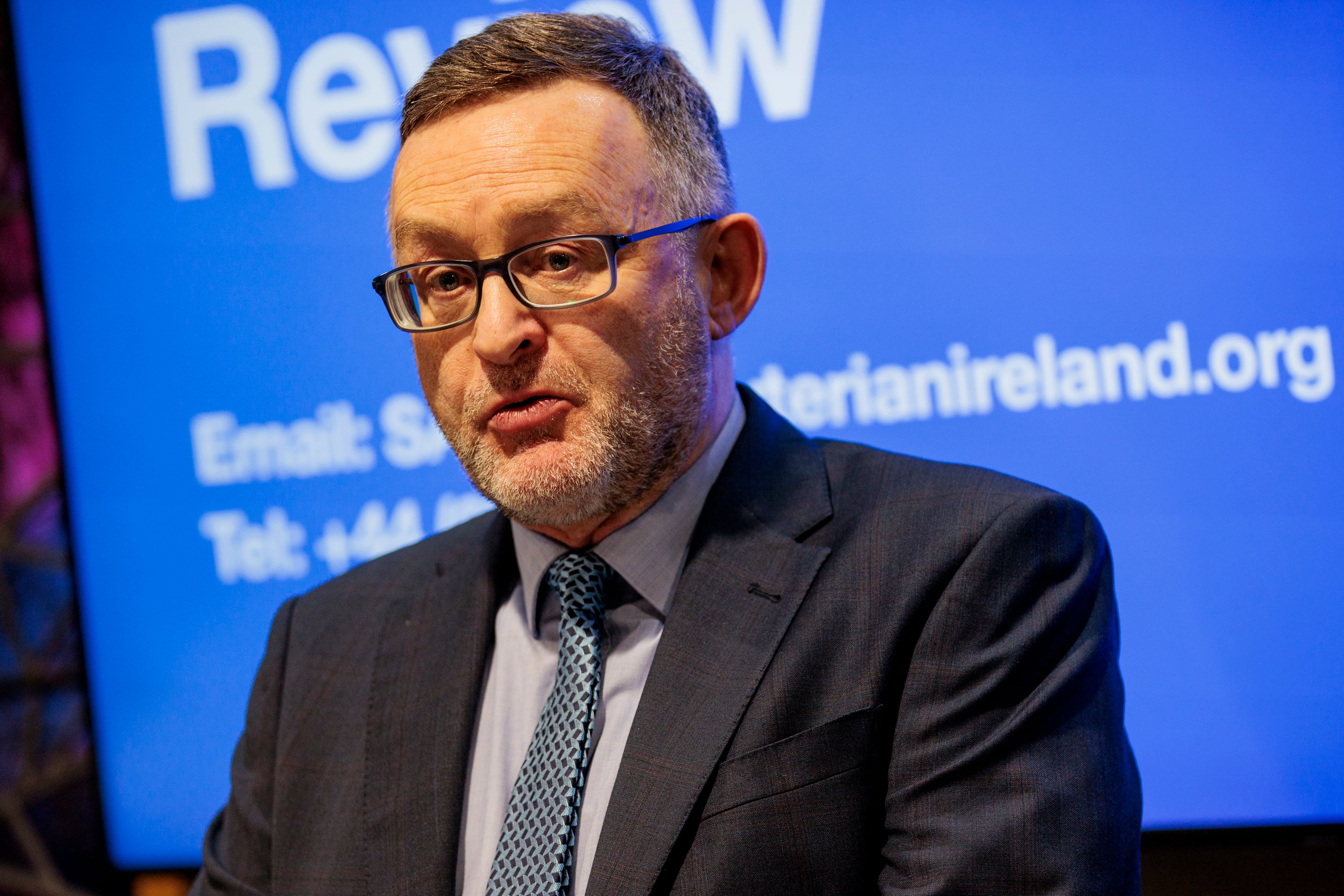A second man has come forward to The Irish Times alleging abuse by the late Spiritan priest Fr Patrick Hannan at a boys’ secondary school in Nairobi, Kenya.
Ivor Gomes (77) said he was “first abused by a senior boy while travelling from Bombay to Mombasa on a ship. I was told at the end of the voyage we had committed a sin and I should go and confess.”
He went to confession to Fr Hannan. “After I confessed, the following week I was summoned into his office. He started to abuse me but I didn’t know/realise it was wrong. He was a priest, my teacher and the principal. At the time I was naive and accepted that’s how things were. If I told my parents, they would have punished me as they held all priests in high regard.”
At the time Mr Gomes was a pupil at St Teresa’s Boys School, Eastleigh, Nairobi. “The abuse began in June-July of 1955; I was 10 years old and this carried on until 1960 when my parents moved to Dar-es-Salaam, Tanzania.” At the time “my ignorance and naivety stopped me from saying anything. After a while I assumed this is how life is between men.”
READ MORE
News of classmate
More recently he had read how classmate Alex de Figueiredo had also been abused by Fr Hannan. “I contacted him and admitted that I too was abused.”
Mr de Figueiredo (78), a retired teacher now based in Vancouver, attended St Teresa’s from 1955 to 1961. He told The Irish Times he was sexually abused by Fr Hannan “from the age of 11 till 16 in Nairobi, Kenya. As you can well imagine, this had a profound effect on me growing up, and even today.”
He had also been informed of four classmates who were abused by Fr Hannan, including three boys who were also abused by Fr Hannan’s brother, Gerry “who also abused boys in Mombasa”. This was a reference to the late Fr Gerry Hannan, named in recent weeks also as an abuser at Blackrock College/Willow Park in Dublin.
The Irish Times first reported Mr de Figueiredo’s alleged abuse by Fr Patrick Hannan 10 years ago in 2012 when a spokesman for the Spiritans confirmed that the priest had been “in a school/and in parish work in Kenya (1950-1969)” and that there had been “one confirmed case” of abuse against him which emerged “after his death” in 1993.
Institutionalised ‘damage control’
However, in 2015, solicitors for the Spiritans told Mr de Figueiredo his was the first complaint they had received about Fr Hannan and that, as the priest “was not under the control of the Irish province while holding those appointments [in Kenya]”, the Spiritans “have no legal obligation to Mr de Figueiredo”.
Another classmate of Mr de Figueiredo’s at St Teresa’s in Nairobi was Dr Sultan Somjee, former head of ethnography at the National Museums of Kenya. In 2001, he was named by the UN as one of 12 “unsung heroes of dialogue among civilisations” in recognition of his work.
In 2019, Mr de Figueiredo asked Dr Somjee to prepare a report about his experiences with the church over his abuse at St Teresa’s. In his report, Dr Somjee said of Mr de Figueiredo that, “What he, like many of us in Alex’s class of ‘61, did not realise was that the institution was well-fortified and had already developed an intricate mechanism to deflect allegations and frustrate anyone who pointed a finger at it.”
He said that, “Since 2011 Alex found himself shuttled from the clergy to the bishop, from the bishop to the archbishop, the Vatican representative, and then to the church-sponsored counsellors, a psychologist, lawyers and a whole circuit of ‘helpers’ in a merry-go-round.”
Dr Somjee said it was clear to him “that the church had already institutionalised what may be called ‘damage control’ in multinational corporations”.
He also found from Mr de Figueiredo’s experience “that racism is systemic in the church”, adding: “What we know is the white boys who were abused and were compensated had the support of their communities.”












